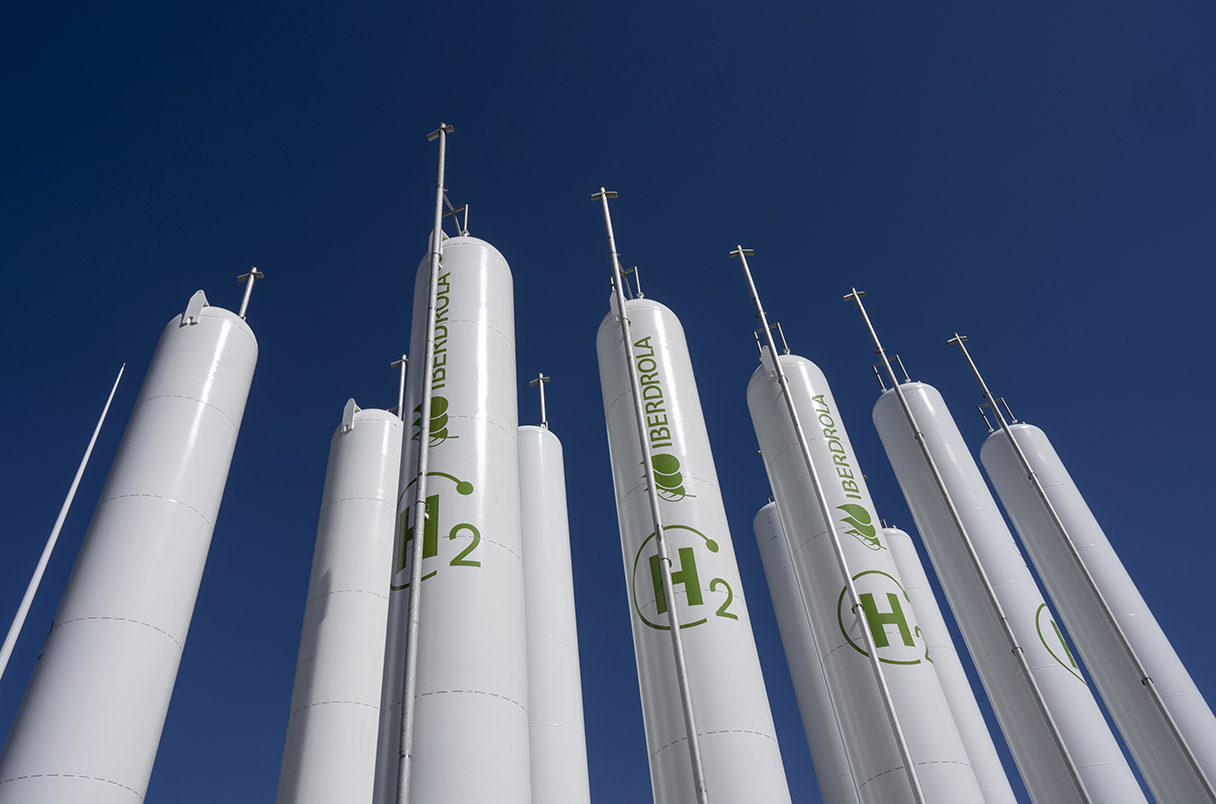
In the pursuit of liberating ourselves from fossil fuels, the global community is seeking more cost-effective methods for generating hydrogen, a clean-burning fuel produced by using renewable electricity to split water into hydrogen and oxygen. Researchers have recently unveiled a groundbreaking technique that eliminates the necessity for an expensive membrane at the core of water-splitting devices, opting instead to produce hydrogen and oxygen in entirely separate chambers.
Although currently existing as a laboratory-based proof of concept, the innovative setup, documented in a recent article in Nature Materials, holds promise for potentially transforming heavy industries such as steelmaking and fertilizer production. The goal is to reduce their reliance on traditional sources like oil, coal, and natural gas.
Praised as an inventive concept by Shannon Boettcher, a chemist at the University of Oregon not involved in the study, the novel design exhibits efficient performance with variable electricity inputs. This adaptability could make it more compatible with the intermittent power supplied by renewable sources such as wind and solar farms.
Electrolyzers, the water-splitting devices in question, have been in existence for over two centuries. The prevalent type, known as an alkaline electrolyzer, functions akin to a battery. However, a membrane between the electrodes is crucial to prevent the potentially explosive combination of hydrogen and oxygen. This membrane, a costly component, contributes significantly to the expense of producing green hydrogen.
To overcome this challenge, Avner Rothschild, a materials scientist at the Technion-Israel Institute of Technology, and his team proposed a method to eliminate the membrane by “decoupling” the electrolysis process, separating hydrogen and oxygen production in either space or time. Their redesigned decoupled electrolyzer alters molecules in the liquid electrolyte during hydrogen production, avoiding the need for charging the anode. Bromide ions are converted to bromate in the electrolyte during hydrogen production, and this bromate-containing electrolyte is then pumped into a second chamber, where a catalyst facilitates the decomposition back into bromide and oxygen at room temperature. This modification allows continuous high-rate hydrogen production without a membrane, potentially reducing the cost of large-scale hydrogen production.
Despite this promising development, challenges remain. The team had to coat the anode to prevent bromate from reacting before reaching the second chamber, a process that involved using hexavalent chromium, a potent carcinogen, raising concerns about toxic leaks. Additionally, the electrodes in the device use expensive and rare metals such as platinum or ruthenium. Rothschild’s team is already working on a next-generation device to address these issues, with the hope that eliminating electrolyzer membranes could significantly contribute to decarbonizing industries heavily reliant on fossil fuels.

